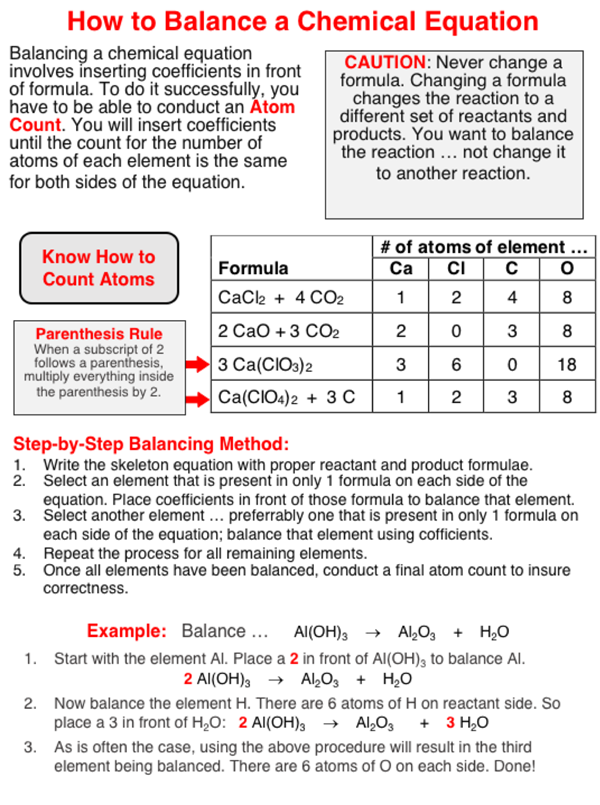To be successful with this question, you need to understand what a double replacement reaction is, how to write formulas for ionic compounds, and how to balance a chemical equation.
A
double replacement reaction involves the reaction of two ionic compounds to form two different ionic compounds. The positive ion in one compound replaces the positive ion in the other compound. When the reaction is over, the cations have replaced each other in the other formula. The generic equation for such a reaction is ...
AB + CD ==> AD + CB
Here A, B, C, and D are fictional elements or ions. A and C are the metal elements or positive ions. B and D represent nonmetals or negative ions. You will notice that A was orginally paired with B on the reactant side; but on the product side A is paired with D. Similarly, the positive ion C starts with the anion D on the reactant side but finishes paired with B on the product side of the equation. As such, A and C have switched places. You need to ....
Analyze the two reactants in your equation and identify the formulae of the two cations (positive ions) in the reactants. Also identify the formulae of the two anions (negative ions). Then to determine the products, switch the cations to the other anion. You'd be wise to use some paper, write some formulae down, and take your time. A minute spent writing down some formulae for the cations and anions will both build some good skill and probably save you time and frustration as you attempt to get this question correct. The formulae for the product is going to require some good skill in and of itself. Use the link below to assist with formula writing.
Understanding this about double replacement reactions and formula writing allows you to get through
Step 1 and
Step 2 of the question. That leaves
Step 3 in which you have to identify the lowest possible whole number coefficients.
The infographic below describes a step-by-step method for balancing a chemical equation. Study the method and then apply it to this question.
